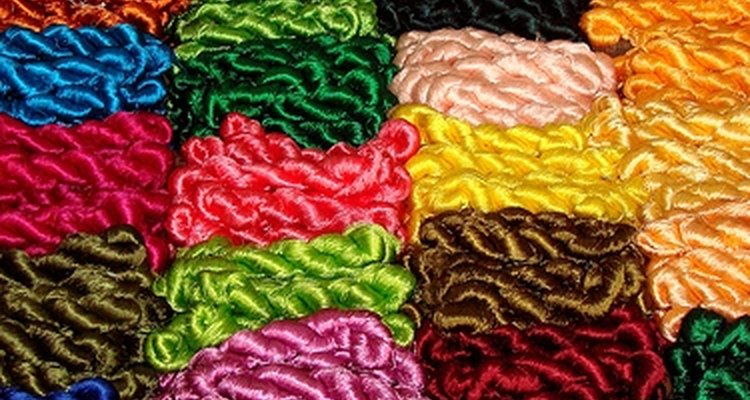
Silk Worms
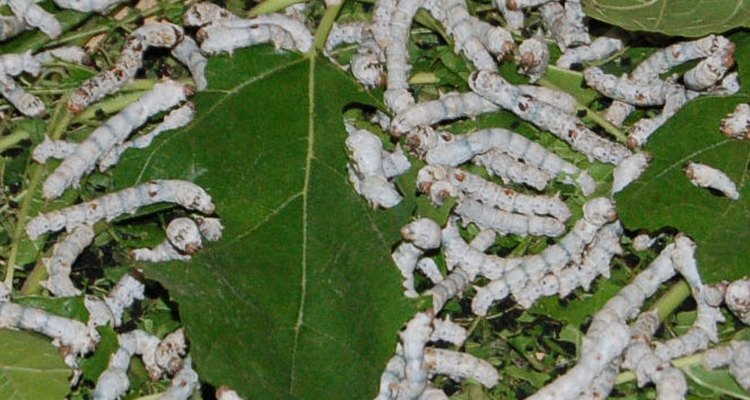
Sericulture is the production of cocoons for the filament they are composed of. The silkworm is a stage of the life cycle of silk moths. The Bombyx mori silk moth is used for the bulk of the world's silk. Farmers raise the moths in tightly controlled conditions. The silk worm begins life as an egg, then becomes a silk worm, pupa and, finally, a moth. The silkworm, when ready to become a pupa, secretes a protein-like substance through its head to form the cocoon. Some silkworms are allowed to become moths to propagate the species but most are harvested in this stage to be used in silk production. The cocoons of wild silkworms may also be collected, but this is less common.
Production
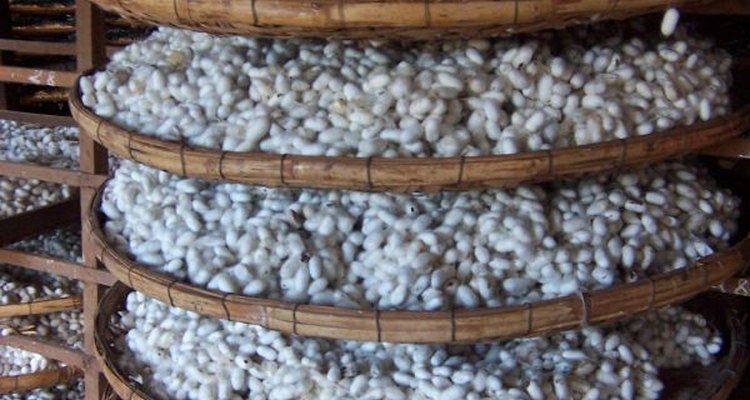
Farmers deliver the cocoons to special factories called filatures. This is where cocoons are turned into silk threads through a four-step process. The cocoons are first sorted by color, size, shape and texture. Then the sericin or silk gum holding the cocoon's filaments together is softened by alternating hot and cold immersions. Next, the silk filaments are unwound and, because individual filaments are too fine for commercial production, several strands are reeled together in lengths of 300 to 600 meters, or approximately 984 to 1,968 feet. Finally, the reeled filament is wound into skeins, which are bundled into bales and shipped to silk mills. The silk thread is woven into fabric using hand or power looms at the mills.
Fabric Types
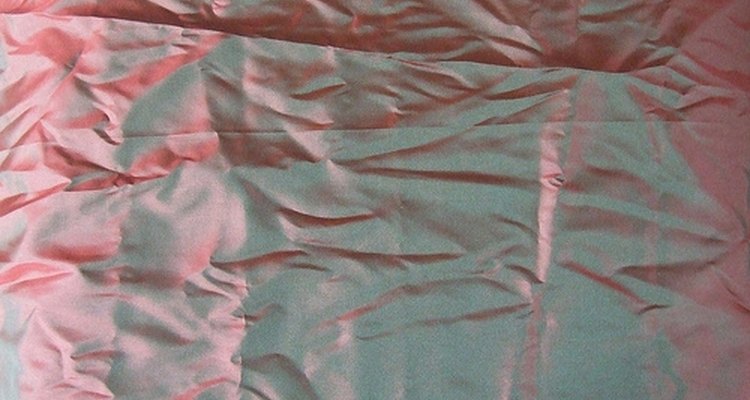
There are eight types of silk familiar to western clothiers, although there are more around the world: charmeuse, China silk, crepe de Chine, Doupioni, noil, raw silk, shantung and tussah. Charmeuse is what most people think of when they think of silk. The back of the fabric is flattened crepe, or simply wrinkled woven fabric, and the front has a shimmery satin weave. China silk, also "plain silk," is the least expensive of the silks. The fabric is lightweight and shiny. Crepe de Chine is made by twisting some fibers clockwise and others counterclockwise before weaving, producing a fabric with a pebbly texture. The fabric is lightweight and does not ravel easily like other silks; however, it tears easily. Doupioni is stiff and taffeta-like with slubbed ribs. This means that the thread used to weave the fabric varies in diameter and creates dimensional streaks in the finished fabric where the thread is thicker. The thread is made from a cocoon woven by two worms at the same time instead of one. Noil is woven using short fibers that have been combed and appears similar to cotton. The fabric feels very soft but has no shine. Raw silk is fabric produced with filaments that did not have the silk gum removed. It is dull and stiff. Shantung, as it is known today, is woven with a mix of regular silk thread and doupioni silk thread. Depending on the exact threads used, the fabric may be shiny or dull. The fabric is firm but not stiff and ravels easily. Tussah, called shantung in the past, is made using thread from the cocoons of wild tussah moths. Because the cocoons are not cultivated, the moths create holes in the cocoon when they emerge, so the filaments are short and coarse. The fabric has irregular slubs, ravels easily and, because it is difficult to dye, generally available only in its natural beige color.
Related Articles
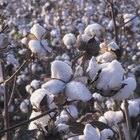
How Is Cotton Made?

How Is Wool Turned Into Fabric?

Fabrics That Haute Couture Designers Use

What Is the Difference Between Acrylic ...
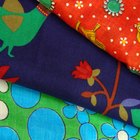
What Is Arnel Vintage Material Fabric?

What Is Superfine Wool?

What Are Clothing Textures?

Types of Cotton Fabric

Differences Between Tapioca Starch and ...

Denim vs. Denim Blends

The Disadvantages of Silk

Information About Cotton Fabric
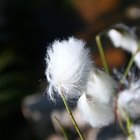
Define Cotton Silk Fabric

What Is the Difference Between Denim & ...

How Is Poly Cotton Made?

What Is Berber Fleece?
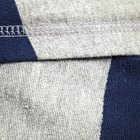
What Is French Terry Cloth?
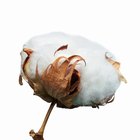
Ring Spun Cotton vs. Combed Cotton
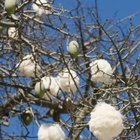
List of Plants Used for Clothing

How Is Cotton Made Into Fabric?
References
Writer Bio
K. D. Wicks is a communications professional with experience in writing, editing and design in academia, marketing, and print and digital media. She graduated summa cum laude with a Bachelor of Arts degree in communications, encompassing public relations, journalism, advertising and speech.
Photo Credits
Adam Jones, Ph.D. : Flikr.com